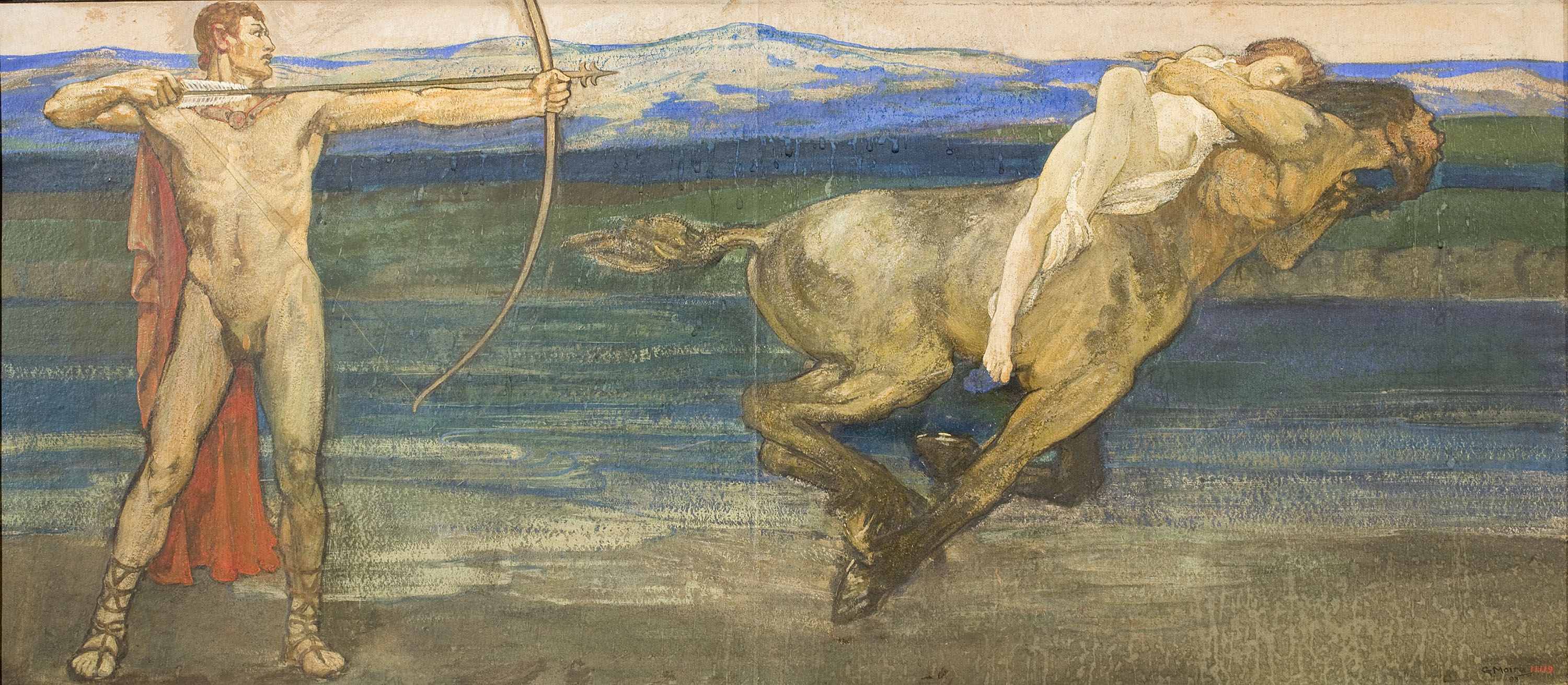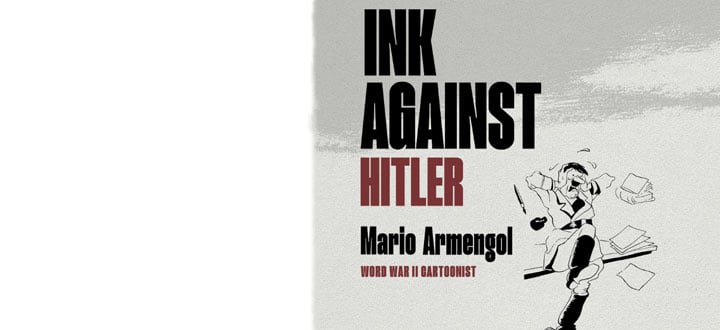Heracles and Deianira

Heracles and Deianira
(...)It may not be that love itself is bad, but the way in which it has been used to deceive women and make them dependent in every way. Among free beings, love is another thing.
Kate Millet
We need to reflect here that the objectification of the woman's body through the history of art goes hand in hand with the normalization and naturalization of violence over the women and their body. Thus, from the mythical scenes of raptures and rapes of women, which are part of the imagery of historical societies and which we can trace through art from Egypt, to virtually the present day, with the publicity of nowadays, we can find that the idea of the woman-object forms part of our visual culture, as does the violence against their bodies. The patriarchal society uses the romantic yearning to exalt passion and feeling as examples of intense and felt life recovering the figure of classical and medieval heroes. This romantic love or exaltation of affection did not mean the same for men and women, given that the latter became an object of ideal desire and the reason for passionate and irrational love, often impossible, even violent, while man became the subject of the relationship. They also became the reason of male torment, people so attractive that they drove every man mad, and so ideal that their real existence meant eternal male frustration. Our loving culture is inherited directly from the romantic wave of the nineteenth century, when men were full citizens and women simple objects of desire.
Heracles and Deianira, Gerald Edward Moira 1893









